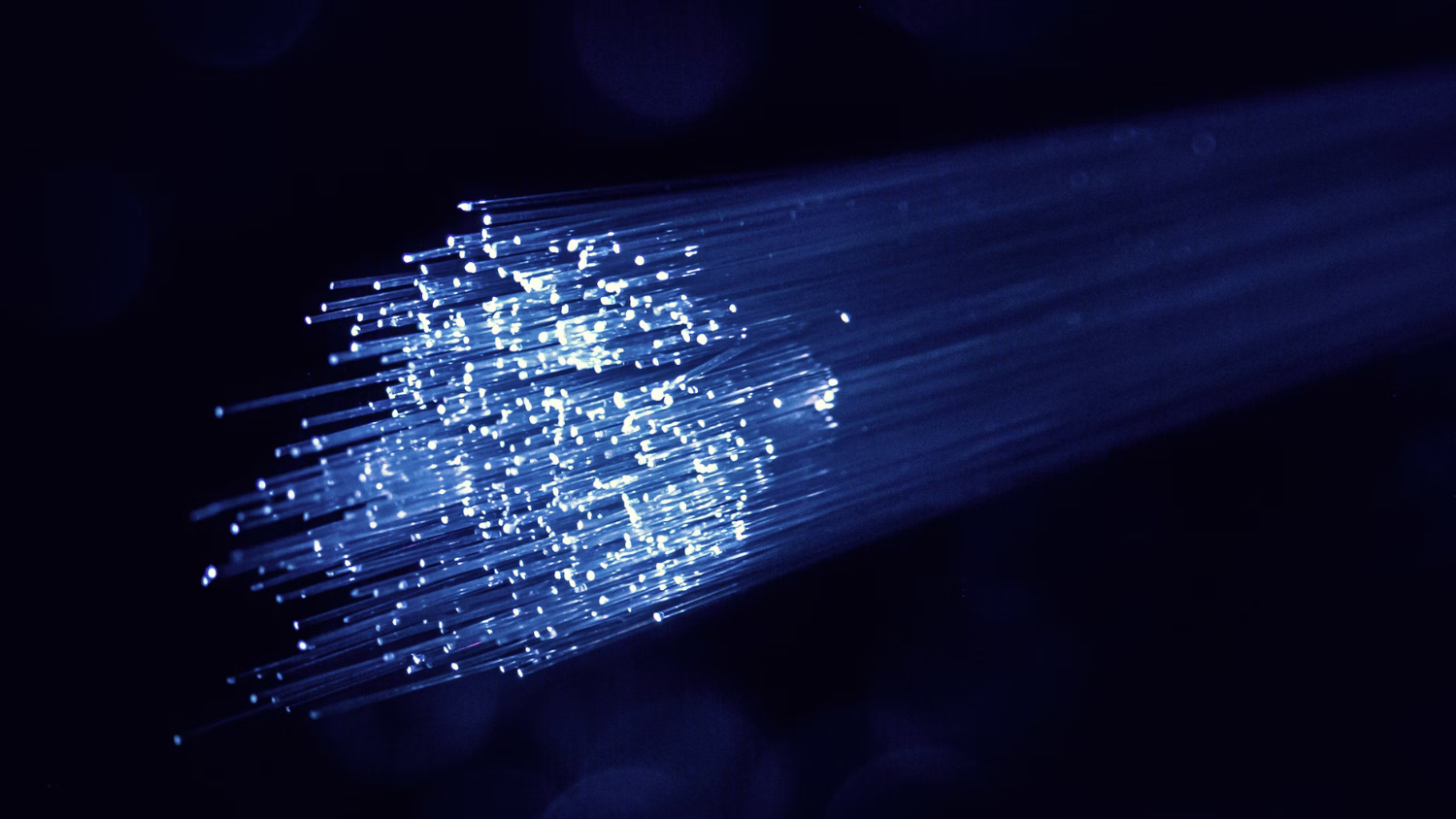PDMS Optical Fibers in Optogenetics: Supporting Breakthroughs in Biocompatible Light Delivery
.png?width=50)
In a collaborative study from Lund University and the University of Copenhagen, researchers have demonstrated the in vivo performance of thin, flexible PDMS (polydimethylsiloxane) optical fibers as a more biocompatible alternative to glass for optogenetic applications.
The goal? To deliver light deep into brain tissue with minimal immune response—an essential step for long-term neural modulation and electrophysiological recordings.
What is PDMS?
Polydimethylsiloxane (PDMS) is a flexible, transparent silicone-based polymer widely used in biomedical research. Its low stiffness and near tissue-level density make it well suited for implantable devices, especially where minimal tissue disruption is critical.
In optogenetics, PDMS offers a more biocompatible alternative to glass for delivering light deep into the brain.
Why PDMS?
Traditional glass fibers used in optogenetics can trigger glial scarring and disrupt nearby neurons due to their rigidity and density. PDMS, by contrast, closely matches the mechanical properties of brain tissue. Its lower Young’s modulus and density significantly reduce tissue damage and inflammatory response—crucial for preserving neural circuit integrity during long-term studies.
The research team fabricated mono-fiber PDMS waveguides as small as 71 µm in diameter and tested their function in the rat hippocampus. The fibers transmitted sufficient blue light to activate channelrhodopsin-expressing neurons, with reliable action potential generation recorded in vivo.
Advent's Research Materials in Action
To evaluate the performance of these PDMS fibers during optogenetic stimulation, the team constructed custom optrodes—pairing the fibers with 50 µm tungsten wire coated with PTFE, supplied by Advent Research Materials (Cat. No. W5620). This setup enabled simultaneous light delivery and high-resolution extracellular recording in deep brain regions.
Advent’s research-grade tungsten wire provided the strength and biocompatibility needed for stable insertion and signal fidelity during neural recordings, supporting the study’s technical success.
A Step Forward in Brain Research Tools
The findings point to PDMS as a promising material for chronic optical implants, offering better biocompatibility without sacrificing performance. For researchers working at the intersection of optogenetics, neural engineering, and translational neuroscience, the combination of PDMS waveguides and reliable electrode materials like Advent’s tungsten/PTFE wire offers a customisable, low-footprint alternative to traditional tools.
Reference:
Andersen, M. A., & Schouenborg, J. (2023). Polydimethylsiloxane as a more biocompatible alternative to glass in optogenetics. Scientific Reports, 13, 16090. https://doi.org/10.1038/s41598-023-43297-2
Material used:
High-purity tungsten wire, PTFE-coated – 50 µm diameter
View product
